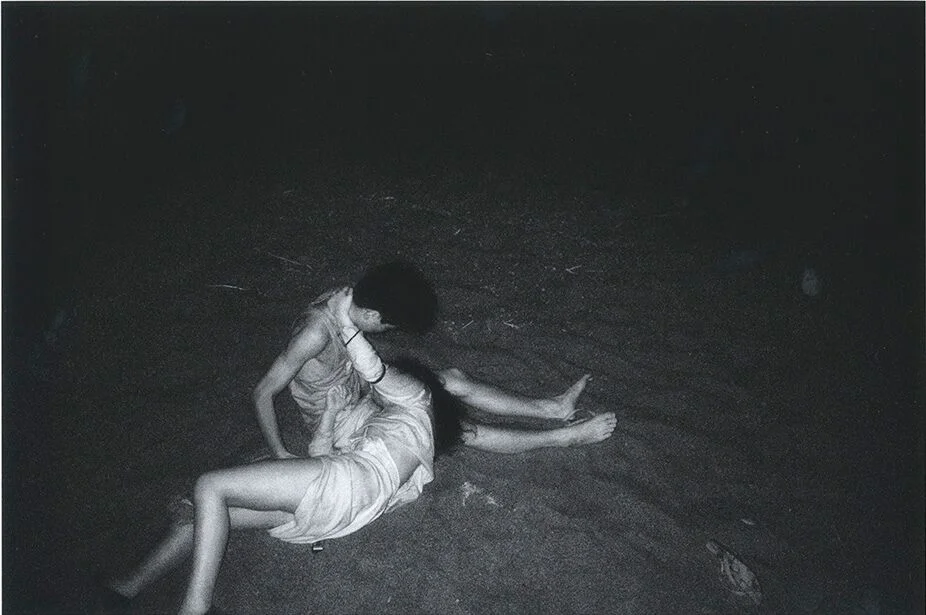Art Out: Mapplethorpe Now at Guggenheim
© Federica Belli
Written by Federica Belli.
No matter if you end up there because your mother forced you or because that friend visiting from Canada is forcing you to take up the role of Cicerone, the Guggenheim Museum is one of those locations which somehow turns every visitor into an art enthusiast. And the masterfully curated exhibition focusing on the Robert Mapplethorpe’s polaroids and S&M clearly benefits from the elegant atmosphere, a perfect frame for such a classical yet revolutionary collection.
Notwithstanding the expected monographic nature of the exhibition, it actually focuses mostly on the work of contemporary photographers who centered their creation around the same themes Mapplethorpe explored.
© Federica Belli
As the visitors make their way through the show they are effortlessly guided from the master’s photographs to the creations he inspired in successive artists, starting from the documentary collection of captions and quotes built by Glenn Ligon in his series Notes on the Margin. We all know Mapplethorpe’s great photographs are striking on their own, still Ligon’s work allows for a fuller understanding of how their representation of sexuality and racial issues can be perceived by the public.
Glenn Ligon’s installation about the perception of Mapplethorpe’s work. © Federica Belli
Departing from the celebration of Robert’s successes, the exhibition ventures in an analysis of how the photographic medium has evolved in the past three decades to best represent the concepts of identity and community. Keeping this goal in mind, the choice of the curators falls on Zanele Muholi’s unconventional use of self-portrait and impromptu costumes to contest homophobia and racism while celebrating her blackness.
A rebellious touch of full-bodied color comes from Rotimi Fani-Kayode’s photographs, opening the doors to a fierce celebration of what being a black homosexual in a society that is not predisposed to it involves.
Rotimi Fani-Kayode’s pictures focus on being queer and black in an unprepared society. © Federica Belli
As self portraiture subtly affirms itself as a common theme in the exhibition, we encounter the work of Paul Mpagi Sepuya. His technique involves including the studio equipment in his images as well. The result is a surprisingly harmonious evolution of your typical mirror self-portraits in complex sculptures that blend together the camera and human bodies.
Some of the most renowned Robert Mapplethorpe’s photographs. © Federica Belli
As you can probably tell at this point, the Guggenheim curators have done a wonderful job in assembling the puzzle pieces of Mapplethorpe’s influence on the course of photography, featuring works from Lyle Ashton Harris and Catherine Opie as well. And you definitely don’t want me to spoil it all for you.
On the left side, Mapplethorpe’s work. On the right side, Lyle Ashton Harris’ pictures. © Federica Belli













